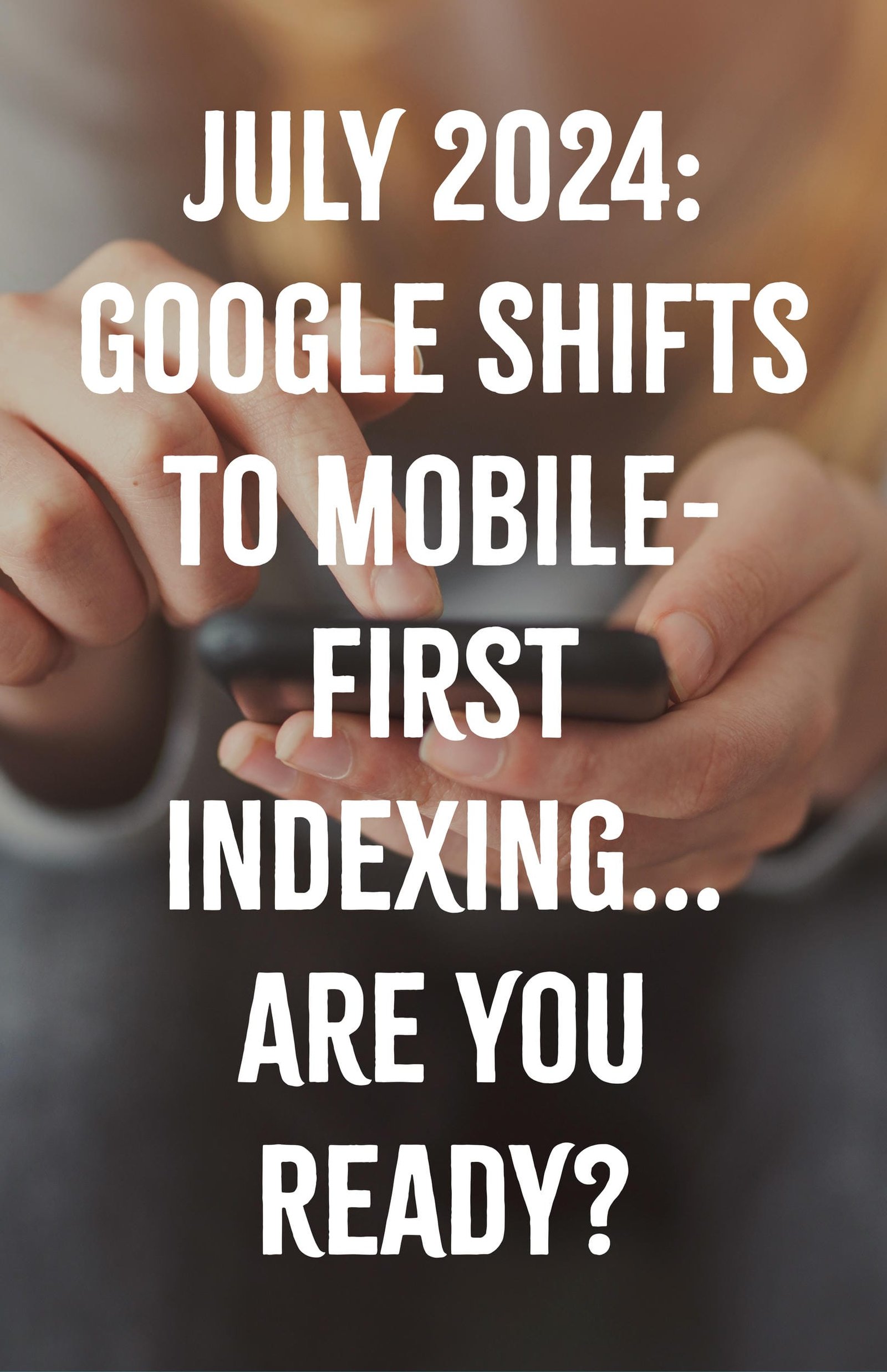
As of July 5, 2024, Google will complete its transition to mobile-first indexing. This significant update means that Google will exclusively use the mobile version of your website for indexing and ranking. If your site isn’t mobile-friendly, it could disappear from search results entirely. Here’s what you need to know and how to prepare.
What is Mobile-First Indexing?
Mobile-first indexing means that Google predominantly uses the mobile version of the content for indexing and ranking. Historically, the index primarily used the desktop version of a page’s content. With more users accessing the internet via mobile devices, Google has shifted its focus to enhance the user experience on mobile.
Why is This Important?
- Search Visibility: If your website isn’t optimized for mobile, it may not be indexed by Google, severely impacting your search engine visibility and organic traffic.
- User Experience: Mobile users expect fast loading times and easy navigation. A poor mobile experience can drive potential customers away.
- Competitive Edge: With Google emphasizing mobile-first indexing, having a mobile-friendly site gives you a competitive advantage over businesses that have not adapted.
How to Prepare Your Website
- Responsive Design: Ensure your website uses a responsive design that adapts to various screen sizes. This approach provides the best user experience across all devices.
- Mobile Speed: Optimize your site for speed. Use tools like Google’s PageSpeed Insights to identify and fix issues that slow down your site.
- Accessible Content: Make sure all content is easily accessible on mobile. Avoid using Flash and ensure your text is readable without zooming.
- Mobile Usability: Use Google Search Console to check for mobile usability issues. Fix any problems to ensure a seamless mobile experience.
Steps to Optimize for Mobile-First Indexing
- Check Your Site’s Mobile Version: Ensure your mobile site contains the same content as your desktop site. This includes text, images, and videos.
- Structured Data: Make sure structured data is present on both versions of your site.
- Metadata: Ensure titles and meta descriptions are equivalent across both versions.
- Internal Linking: Use proper internal linking to facilitate easy navigation on mobile devices.
Final Thoughts
As Google transitions to mobile-first indexing, the importance of a mobile-friendly website cannot be overstated. By taking proactive steps to optimize your site for mobile, you ensure that your business remains visible and competitive in search results.
If you need assistance making your website mobile-friendly, Graticle Design is here to help. Contact us today to ensure your site is ready for Google’s mobile-first indexing. Don’t let your site disappear—stay ahead of the curve and keep your online presence strong.





